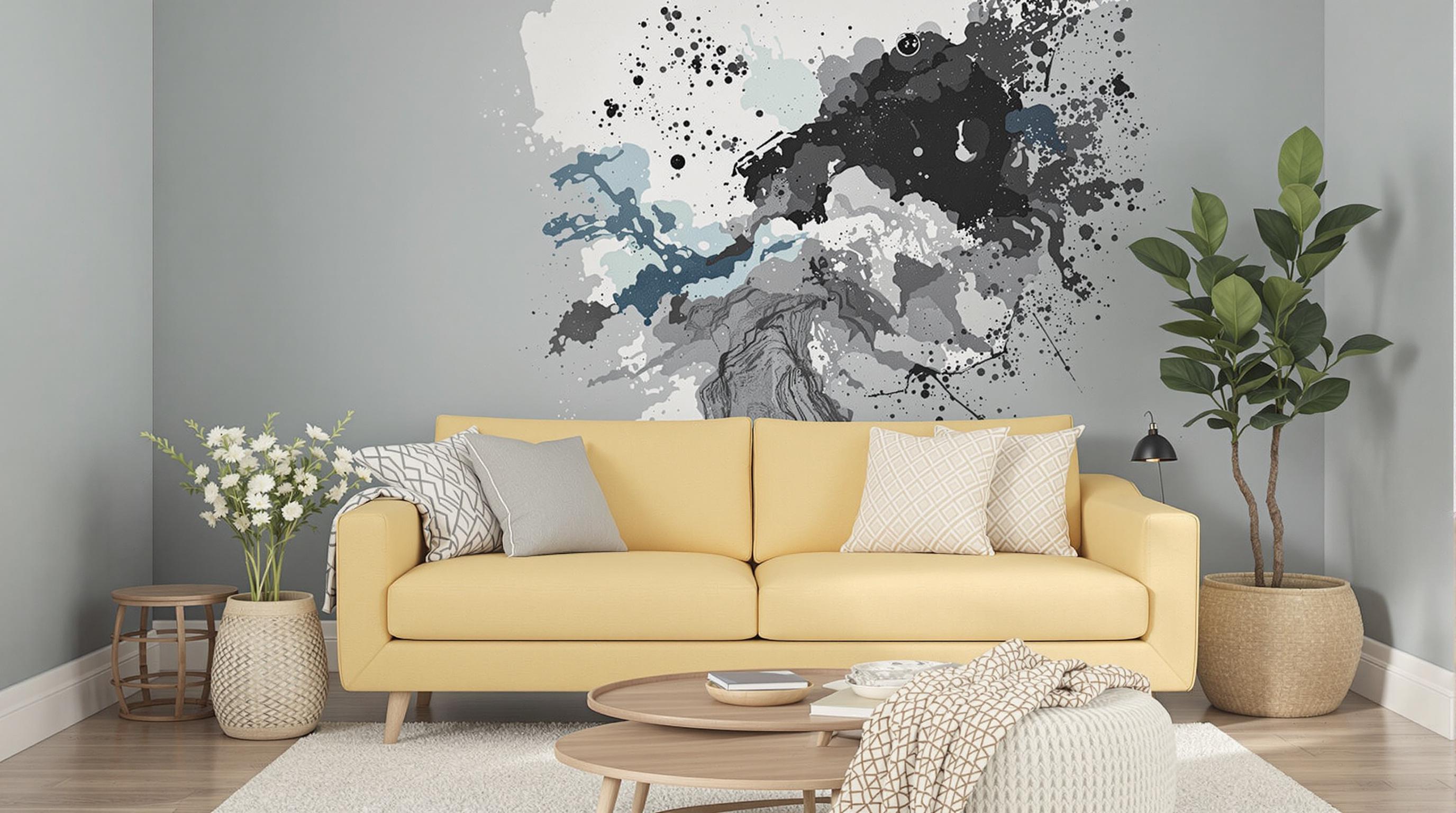Related Articles
- The Hidden Influence of Ergonomics: How Tool Design Shapes Our Physical Spaces and Daily Lives
- The Silent Influence: How Hidden Home Implements Shape Our Daily Routines and Spaces
- The Counterintuitive Role of Chaos: How Messy Tool Storage Can Lead to Unexpected Home Innovations
- Exploring the Unseen: How Audio Experiences Shape the Art of Domestic Spaces and Color Perception
- Rethinking the Mundane: How Everyday Objects are Becoming the Canvas for Modern Artistic Expression in Home Spaces
- Cultivating Chaos: The Surprising Benefits of Embracing Weeds in Your Garden Ecosystem
10 Surprising Ways Aromatics Influence Your Home's Color Choices and Decorative Aesthetics
10 Surprising Ways Aromatics Influence Your Home's Color Choices and Decorative Aesthetics
10 Surprising Ways Aromatics Influence Your Home's Color Choices and Decorative Aesthetics
1. Scent and Emotion Connection
Color has a profound impact on emotions, with various hues often eliciting specific feelings. Aromatics can enhance these emotional experiences, leading to intentional color choice in home decor. For example, the sweet scent of vanilla is often associated with warmth and comfort, potentially encouraging the use of warm hues like soft yellows and creams in living spaces.
Research has shown that scents can evoke memories and emotions, influencing how we perceive color. The connection between scent and emotion can provide a psychological toolkit; by combining both elements, homeowners can create spaces that feel inviting and nurturing.
Whether it’s a room infused with the calming aroma of lavender or the invigorating scent of citrus, these fragrances can guide color selections that resonate with personal aesthetics and emotional well-being.
2. Enhancing the Aesthetic Experience
Aromatics are not just about smell; they can enhance the visual appeal of a room by creating a cohesive theme. For instance, if a space is designed with earthy tones, incorporating woodsy aromas like cedar or sandalwood can solidify the organic feel of the decor.
As different scents harmonize with colors, the overall experience of the space can become more immersive. The fusion of sight and scent can transform ordinary areas into vibrant expressions of personality, making the decor feel more authentic and alive.
Thus, when selecting colors for walls or decor, considering accompanying scents can elevate the overall ambiance, creating a multi-sensory living experience that feels both comforting and artistically intentional.
3. Balancing Energy and Calm
The energetic qualities of certain aromas can influence the choice of home colors intended to either energize or calm the atmosphere. For instance, bright and citrusy fragrances like lemon or peppermint may prompt the use of lively colors such as upbeat greens or vibrant yellows.
In contrast, scents like chamomile or eucalyptus—known for their calming effects—might steer decor towards softer palettes, including muted blues and gentle grays. This balance between scent and color can help create harmony within a space.
By aligning color schemes with aromatics, homeowners can tailor environments that fit their desired moods and multifunctional needs, making spaces feel more intentional and mindful.
4. Cultural Influences on Color and Scent
Aromatics are deeply rooted in cultural traditions, and these scents can influence color choices based on perceived cultural symbolism. For example, the fragrance of cinnamon may evoke feelings of warmth and tradition, often associated with rich tones of brown and rust.
Customs and traditions around scents often intertwine with color symbolism, leading to holistic decor choices that reflect cultural heritage. By incorporating scents alongside culturally significant colors, individuals can pay homage to their backgrounds while curating beautiful and expressive homes.
Considering these cultural intersections can inspire creative design, where scents lead the way to unexpected yet meaningful color palettes that resonate not only with personal aesthetics but also with cultural narratives.
5. The Role of Natural Materials
Natural materials, often associated with particular scents, can significantly influence color choices. A home filled with wooden elements typically exudes earthy aromas, leading to color schemes that embrace nature's palette, such as greens, browns, and soft neutrals.
Such scents can ground the design, encouraging a focus on colors that reflect the natural environment. Homes that celebrate woodsy scents may naturally gravitate towards colors that mimic nature, resulting in inviting and harmonious living spaces.
Incorporating both natural materials and their aromas can craft an atmosphere that feels organic and comforting, further enriching the home experience through mindful color selections.
6. Aiding Memory and Association
Aromatics have the power to trigger memories, which can influence color choices in home decor. When a particular scent reminds a homeowner of a cherished memory, it often guides them toward specific colors that evoke the associated feelings.
For example, the smell of fresh linens might be tied to memories of a serene countryside, leading to soft whites or pastel colors in a bedroom. These associations can result in living spaces that not only reflect aesthetic preferences but also deeper emotional connections.
This process proves that scent serves as a powerful influencer in the thematic development of color choice, unique to each individual's experience and emotional landscape.
7. Seasonal Shifts in Scent and Color
The changing of seasons often brings a shift in aromas and colors in the home. In spring, fresh scents like blooming flowers encourage lighter, vibrant colors, whereas autumn’s spicy scents may lead homeowners toward deeper, warmer tones.
This cyclical nature of scent and its inherent connection to specific colors allows for not only seasonal decorating but also an evolving aesthetic that reflects the time of year. Incorporating seasonal aromas can stimulate color choices that breathe life into spaces as they transition.
By aligning decor with seasonal scents and colors, homes can feel timely, vibrant, and aligned with the changing world outside, encouraging a deeper appreciation for nature and its cycles.
8. Scent and the Sense of Space
The way a room smells can also influence perceptions of the space’s size and openness. Fresh, clean scents like linen or citrus can create a sense of airiness, often prompting the use of lighter colors that contribute to a more spacious feel.
Conversely, rich scents like musk or amber, which are associated with coziness, can encourage the adoption of darker, more enveloping colors that make a room feel intimate. Homeowners can play with these sensory cues to create atmospheres that complement the intended purpose of a space.
This interplay between scent, color, and spatial perception offers a layered approach to home design, optimizing both functionality and comfort.
9. Marketing and Thematic Inspiration
Aromatics are prevalent in marketing strategies, and companies often use specific scents to evoke aspirational lifestyles. These marketing tools can influence consumer behavior, including the preference for certain colors in home decor.
The infusion of scent marketing has led to a heightened awareness of how smells can impact perceptions of color and aesthetic appeal. This awareness can inspire homeowners to curate their spaces under the influence of these thematic inspirations.
An agile response to trends inspired by scent may aid individuals in shaping unique aesthetics that reflect broader cultural currents, embodying a blend of personal style and contemporary influences.
10. Creating a Holistic Home Environment
Finally, the integration of aromatics and color goes beyond aesthetics; these elements contribute to a holistically designed home environment. Combining colors and scents can lead to spaces that support mindfulness, relaxation, and overall well-being.
This approach to home decor encourages individuals to consider how their sensory experiences shape their emotional and mental states. By selecting a thoughtful synergy of aromas and colors, homeowners can create sanctuaries that nurture and inspire.
Ultimately, the interplay of scents and colors empowers individuals to design spaces that are not only visually appealing but also rich in meaning and personal significance, enhancing the quality of daily living.





